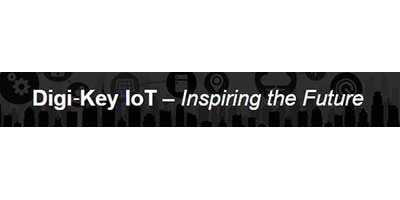Basics of ADC/DAC
This blog is meant to cover the general concepts written about in the “ADC/DAC Tutorial” article. The article covers different kinds of ADC/DAC architectures, along with some of the key things to look for when choosing an ADC or DAC. I have personally had to use ADCs and DACs for several projects. A notable project was the SPEC Sensors Carbon Monoxide detector which involved a sensor with an analog output that had to be run through an ADC to my Arduino Uno. Most applications involving some kind of sensor that can interface with the real world will usually involve an ADC. DACs are very common for interfacing an MCU or Microprocessor to an analog device, like a speaker in a headset using VoIP.
 Figure 1: Comparison of ADC Architectures (Courtesy of Analog Devices)
Figure 1: Comparison of ADC Architectures (Courtesy of Analog Devices)
The architectures described in the article are:
- Successive Approximation Register (SAR) ADC
- Sigma Delta (∑∆) converter ADC
- Pipelined converter ADC
- Binary Weighted DAC
- String DAC
- R-2R DAC
- Most popular
- Often use I2C or SPI interface (sometimes parallel)
- Name comes from how value is determined by using successive approximation
Sigma Delta,∑∆
- Popular for high-resolution applications
- Use oversampling
- Use digital filtering
- Fastest ADC
- Uses sub ADC/DAC to easily convert most significant bits and least significant bits
- Great for high speed applications
- Uses system of resistors whose outputs all meet at same summing resistor
- More significant bits output more current than less significant bits
- Usually used to explain DAC operation to students
- Simplest DAC architecture
- String of equal valued resistors in series with output at each node
- Least linear
- Very popular architecture
- Name comes from fact that only two values of resistors are used
- Very scalable
Successive Approximation Registers, SAR
Pipelined
Binary Weighted DAC
String DAC
R-2R
Figure 1 Source: http://www.analog.com/en/analog-dialogue/articles/the-right-adc-architecture.html

Have questions or comments? Continue the conversation on TechForum, DigiKey's online community and technical resource.
Visit TechForum










